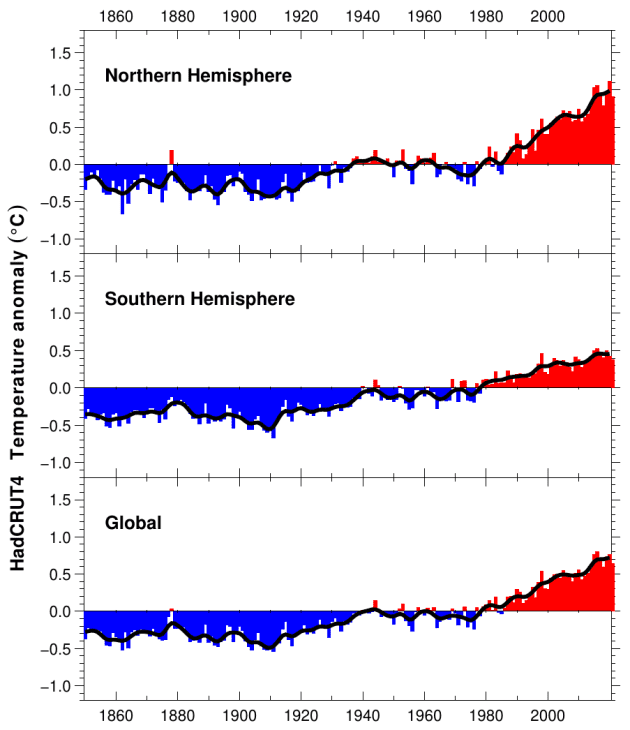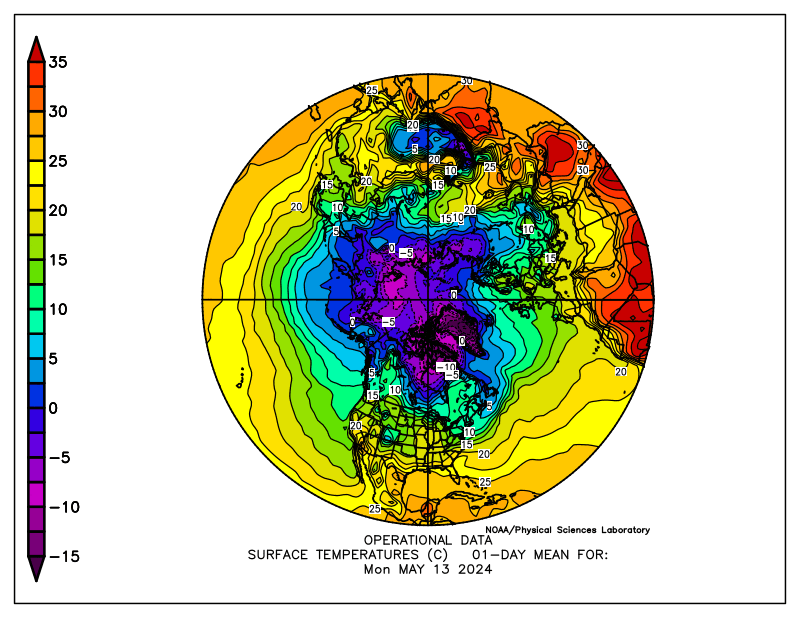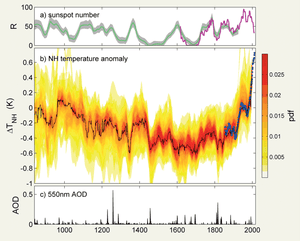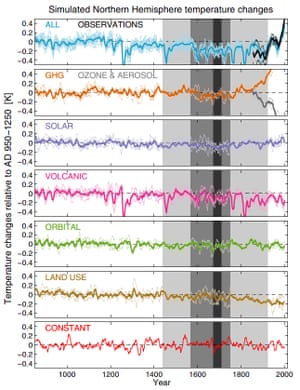Billy_Bob
Diamond Member
If you have any concerns about whether our cooling will be like the Dalton or Maunder events, SIDC is tell us to prepare for a Dalton type event.
"Overview
The sun continues to be very quiet and it has been without sunspots this year 62% of the time as we approach what is likely to be one of the deepest solar minimums in a long, long time. In fact, all indications are that the upcoming solar minimum may be even quieter than the last one which was the deepest in nearly a century. In addition, there are now forecasts that the next solar cycle, #25, will be the weakest in more than 200 years. The current solar cycle, #24, has been the weakest with the fewest sunspots since solar cycle 14 peaked in February 1906. Solar cycle 24 continues a recent trend of weakening solar cycles which began with solar cycle 21 that peaked around 1980 and if the latest forecasts are correct, that trend will continue for at least another decade or so."
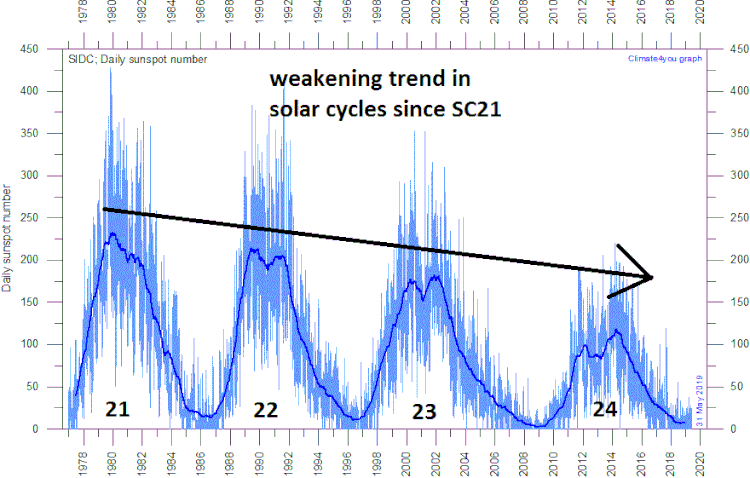
If you look closely at the trend it does not look good for any further warming globally. In-fact a drop of 2-3 deg C could occur in the next ten years.
"Deep solar minimum
The sun is blank again today and this is the 31st spotless day in a row which is just two behind the total (33) set earlier this year making the current Solar Cycle (SC24) hitting over 30 day totals for consecutive spotless days on four occasions, last seen in the 1910’s . We are now entering into the next solar minimum phase and there are indications that it will be as deep and long as any in more than a century. The solar minimum is a somewhat misunderstood phase of the solar cycle which is not without its consequences."
Well.... Might I suggest a little planning the next two years to ensure that millions do not starve when the earth shifts gears and cooling of the mid latitudes becomes so pronounced that we start loosing crops due to the shortened growing seasons.
Source; 10:30 AM | *Now entering a deep solar minimum and the latest forecast for solar cycle 25 suggests it may be the weakest cycle in 200 years*
"Overview
The sun continues to be very quiet and it has been without sunspots this year 62% of the time as we approach what is likely to be one of the deepest solar minimums in a long, long time. In fact, all indications are that the upcoming solar minimum may be even quieter than the last one which was the deepest in nearly a century. In addition, there are now forecasts that the next solar cycle, #25, will be the weakest in more than 200 years. The current solar cycle, #24, has been the weakest with the fewest sunspots since solar cycle 14 peaked in February 1906. Solar cycle 24 continues a recent trend of weakening solar cycles which began with solar cycle 21 that peaked around 1980 and if the latest forecasts are correct, that trend will continue for at least another decade or so."

If you look closely at the trend it does not look good for any further warming globally. In-fact a drop of 2-3 deg C could occur in the next ten years.
"Deep solar minimum
The sun is blank again today and this is the 31st spotless day in a row which is just two behind the total (33) set earlier this year making the current Solar Cycle (SC24) hitting over 30 day totals for consecutive spotless days on four occasions, last seen in the 1910’s . We are now entering into the next solar minimum phase and there are indications that it will be as deep and long as any in more than a century. The solar minimum is a somewhat misunderstood phase of the solar cycle which is not without its consequences."
Well.... Might I suggest a little planning the next two years to ensure that millions do not starve when the earth shifts gears and cooling of the mid latitudes becomes so pronounced that we start loosing crops due to the shortened growing seasons.
Source; 10:30 AM | *Now entering a deep solar minimum and the latest forecast for solar cycle 25 suggests it may be the weakest cycle in 200 years*

